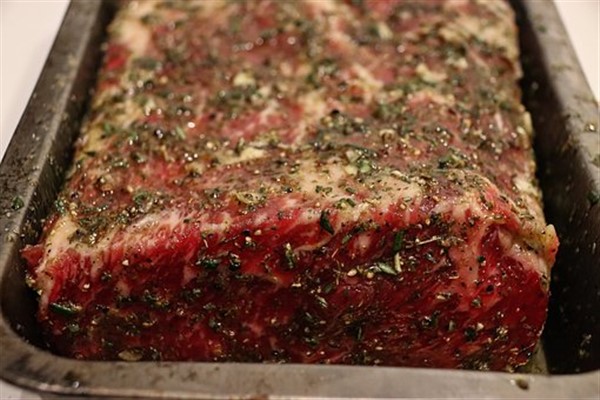Never underestimate the power of seasoning and the extra flavour it adds to your meat. The trick is how much, what seasoning, and when to season.
Our chef clients are not scared to season!
So, when is the right time to season? Evidence shows that you should cook right after salting your meat or let the meat rest overnight. That does appear contradictory, however. Salt draws moisture out of your meat. By throwing your meat in the pan immediately after seasoning, the dry surface lends itself to a greater sear. Otherwise, the moisture doesn’t enable a crust to be formed.
However, if you wait overnight, most of the moisture will have time to return to the meat, and the salt will be absorbed with it. This is effectively like dry-brining your meat.
It’s important to use the right seasoning. Larger salt crystals are better than normal table salt, so try some of the salt flakes or a sea salt which generally has larger crystals. Using larger crystals gives you more control when seasoning your meat, and as they are more easily absorbed by the meat enabling a better crust to be formed when searing. The same with pepper; freshly ground pepper is more effective as a seasoning than already ground.
When to season? Meat is best seasoned at room temperature, so ensure you take your meat out of the fridge in plenty of time to reach this level. As the meat comes to room temperature, it will begin to sweat. Use a paper towel to dab the meat surfaces dry, which will enable your seasoning to stick. Then, season your meat with salt and pepper. Cover every inch of the meat’s surface. Don’t be concerned that you are over-seasoning, as this is the seasoning for the whole piece of meat, not just the outside you can see.
The result will be a flavour-enhanced cut of meat. Enjoy!

